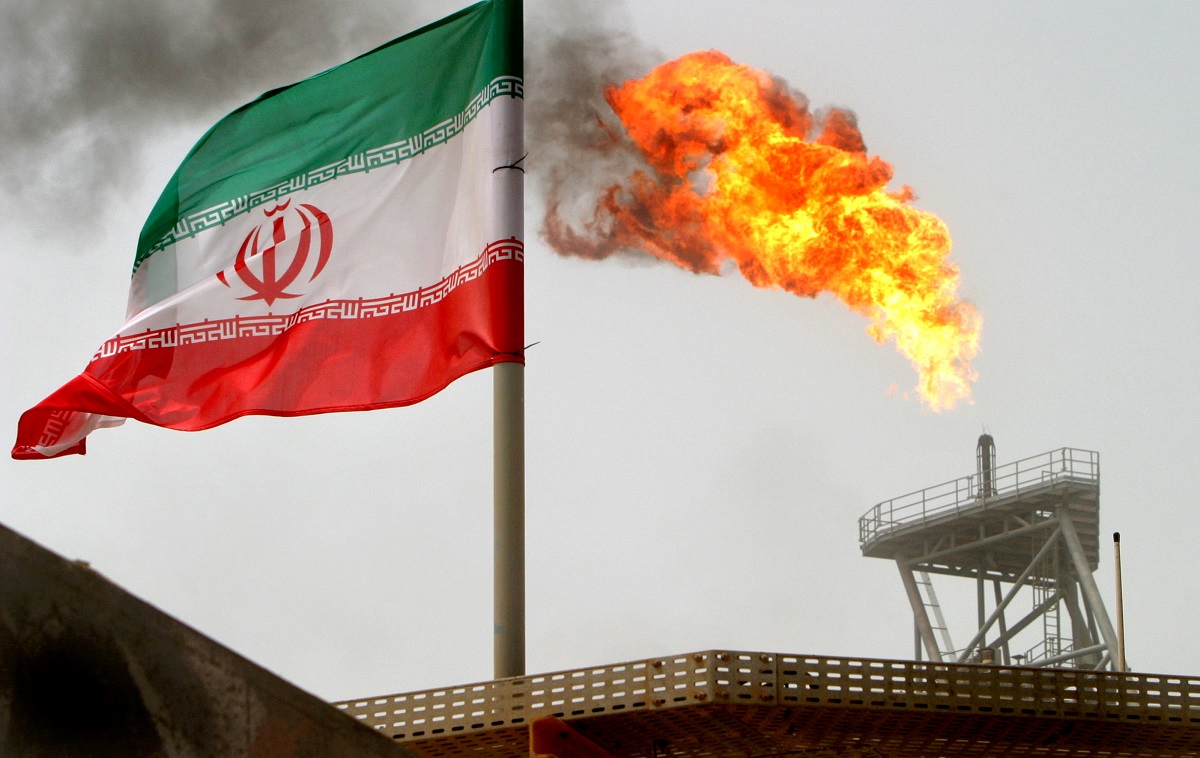Tehran’s oil exports have been limited since former US President Donald Trump in 2018 exited a 2015 nuclear accord and reimposed sanctions aimed at curbing oil exports and the associated revenue to Iran’s government.
Exports have risen during the term of his successor President Joe Biden, who had sought to revive the 2015 agreement, and hit the highest since 2019 on some estimates. This comes despite headwinds such as a stall in those talks and competition from discounted Russian crude.
Energy consultant SVB International said Iran’s crude exports in December averaged 1.137 million barrels per day, up 42,000 bpd from November and the highest 2022 figure SVB has reported based on estimates given earlier.
“In comparison to the Trump administration, there hasn’t been any serious crackdown or action against Iran’s oil exports,” Sara Vakhshouri of SVB stated, adding, “January exports were so far strong like previous months.”
“Lower Chinese demand and Russia’s supply to China have been a major challenge for them. Most of its oil still goes to the Far East, ultimately China. Iran also helps Venezuela to export its oil,” she continued.
Adrienne Watson, a National Security Council spokesperson at the White House, said the administration’s enforcement of the sanctions is robust, and “Iran’s macroeconomic figures clearly bear this out.”
“We have not and will not hesitate to take action against sanctions evaders, together with sanctions against Iran’s missile and drone trade, and human rights violations against the Iranian people,” Watson added.
Consultant Petro-Logistics, which tracks oil supply, announced it was also seeing an upward trend in Iranian crude exports which, in its view, in December reached their highest level since March 2019.
Kpler, a data intelligence firm, put Iranian crude exports at 1.23 million bpd in November, the highest since August 2022 and almost on a par with April 2019’s rate of 1.27 million bpd, although they slipped to just below 1 million bpd in December.
China is Iran’s biggest customer. To evade sanctions, most of Iran’s crude exports to China are rebranded as crude from other countries, according to analysts including FGE. Also, Iran last year expanded its role in Venezuela, also under U.S. sanctions, sending supplies of light oil for refining and diluents to produce exportable crude grades.
Pointing to the failure of the enemy’s policy of maximum pressure on Iran, President Ebrahim Raisi stated in mid-November the country’s oil export has reached the pre-sanction levels.
“The enemies have formally announced that the (policy of) maxim pressure (on Iran) has ended in failure, as we saw that our exports to the region have increased and our production centers have been encouraged,” he noted.
